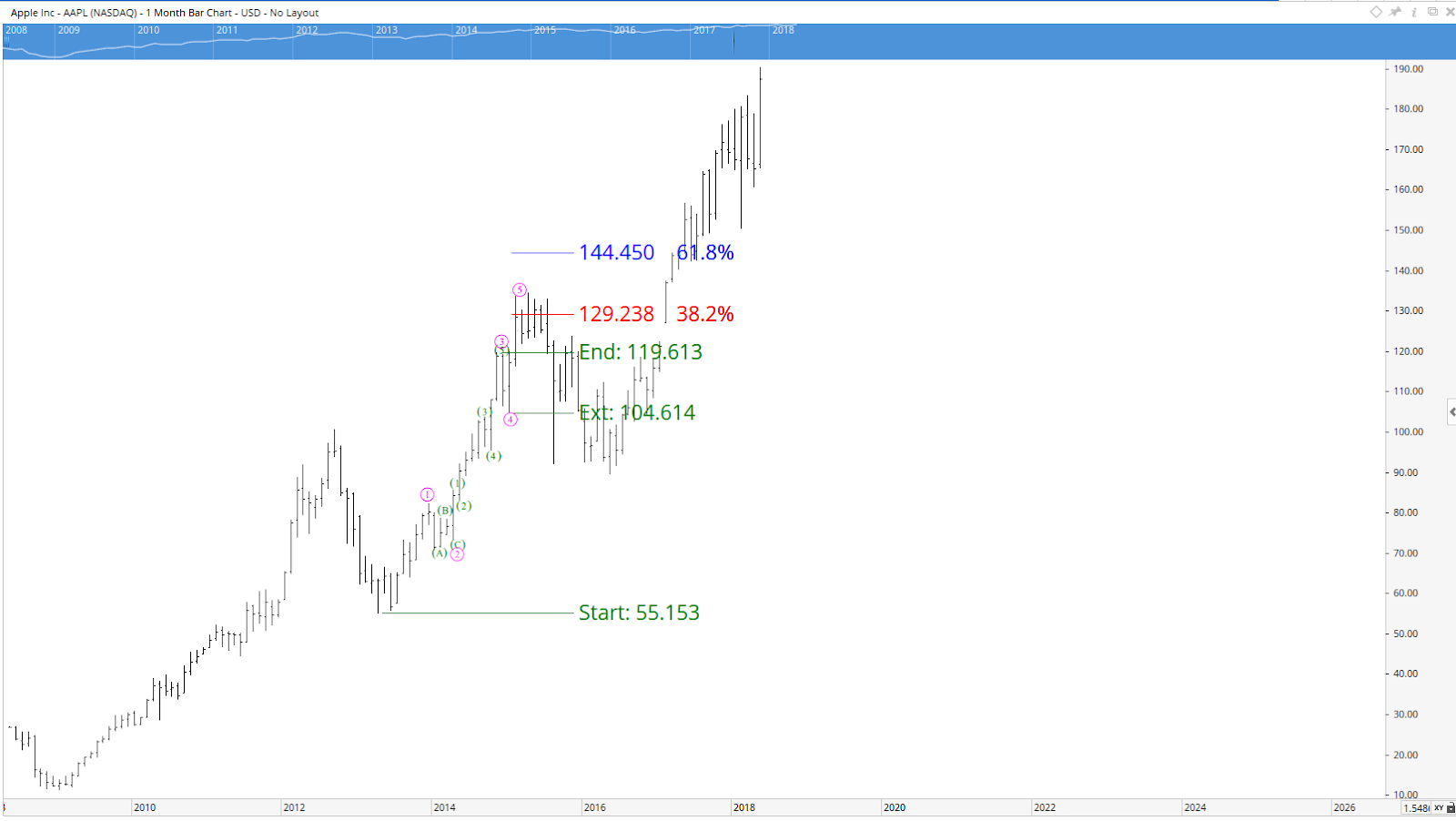There’s no secret that trading the markets can be very scary for the uneducated. It pains me to see droves of traders making the same stupid mistakes repeatedly. In fact, the mainstream financial media and industry is driven in large part to succeed by manipulating traders with FEAR and GREED. Contrary to popular belief, the sky is not falling and there is always opportunity for the educated technician, trader, analyst and investor to find edge to exploit the markets for profits regardless of the market environment. Sometimes these opportunities are harder to find, and there’s absolutely no guarantee that you can find profit making opportunities. In fact, if anything I can guarantee you that more traders will chase after pennies with dollars by overtrading. However, the fact remains that there is always the opportunity to find profit potential with trading. The educated trader is better prepared to discover this creative edge with precision, accuracy and a high level of confidence.
With so much noise out there, it’s sometimes very overwhelming to figure out what to trade and when to trade. The solution is to simplify the markets with the most accurate information, find your creative edge and exploit the markets with that edge.
Now there are several ways for traders to take advantage of trading in a variety of market conditions. Unfortunately, a lot of traders only use a limited amount of information and therefore draw conclusions on trading with incomplete data.
So, one way to simplify the markets with enough powerful data to make more educated decisions is with the use of the Elliott Wave Principle. Here’s why:
The Wave Principle Can Potentially Benefit You and Potentially Improve Your Trading by:
- Identify the Trend
- Identify Counter Trend price moves within the Larger Trend
- Clearly Determine the Maturation of the Trend
- Provide High Level Price Targets
- Give Specific Points of Invalidation
IDENTIFY THE TREND
Simply put, the Wave Principle is used to identify the trend of the markets. As most of our analysis uses technical analysis, we are always looking to take advantage of trends. With the Wave Principle, it’s quite easy – five ascending waves means the market is in an uptrend, while five descending waves means the market is in a downtrend. In addition to understanding the trend filter of Elliott Wave, the savvy trader must learn to identify and understand the three primary corrective patterns – zigzags, flats and triangles so that they can buy pullbacks in uptrends and sell bounces in downtrends.
IDENTIFY THE COUNTER-TREND
The Wave Principle not only identifies the primary trend, it also identifies the countertrend moves. When traders understand that a recent move in price is simply a correction within the context of a larger trending market, they can exploit these corrections by jumping back into a position to take advantage of the larger trend. This gives the trader great edge!
USING THE WAVE PRINCIPLE to DETERMINE MATURITY OF TREND
Any trader, technician or investor worth his salt will know that price activity is fractal. This is important because it allows us to understand the maturity level of the trend. Below the two separate charts of Apple on a 1-week and 1-month time frame reveal the maturation of the trend.
Chart of Apple on 1-Week Timeframe

Chart of Apple on 1-Month Time Frame

PROVIDE HIGH-LEVEL PRICE TARGETS
Due to the Fibonacci-derived regions inherent in the Wave Principle, the corrections often retrace a percentage of the preceding wave; which in turn allows traders to set profit-taking objectives and identify areas where the next turn in prices will most likely occur.
GIVE SPECIFIC POINTS OF INVALIDATION
Trading is all about edge, and one aspect of edge is to understand when you are wrong faster. Knowing when a trade has failed is extremely important. The Wave Principle has built in rules for money-management that are very important. The 3 Elliott Wave Impulse Wave are:
- Wave 2 can never retrace more than 100 percent of wave 1
- Wave 4 may never end in the price territory of wave 1
- Of all of the impulse waves (waves 1, 3 and 5), wave 3 can never be the shortest
The real-world application of the Wave Principle is vast. It can help traders identify exactly when trades will fail, and thus give the trader a tremendous edge over those not using the framework of the Wave Principle. As many traders and investors worry about a potential stock market correction, I encourage you to study the benefits of applying Elliott Wave analysis to your trading and research.
Since today is Halloween I’ve decided to open a 24-Hour SALE of any items in our store front. Just CLICK HERE and find some goodies to help you with your trading.
